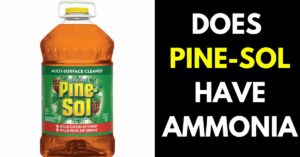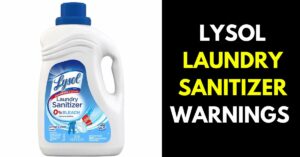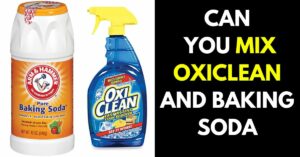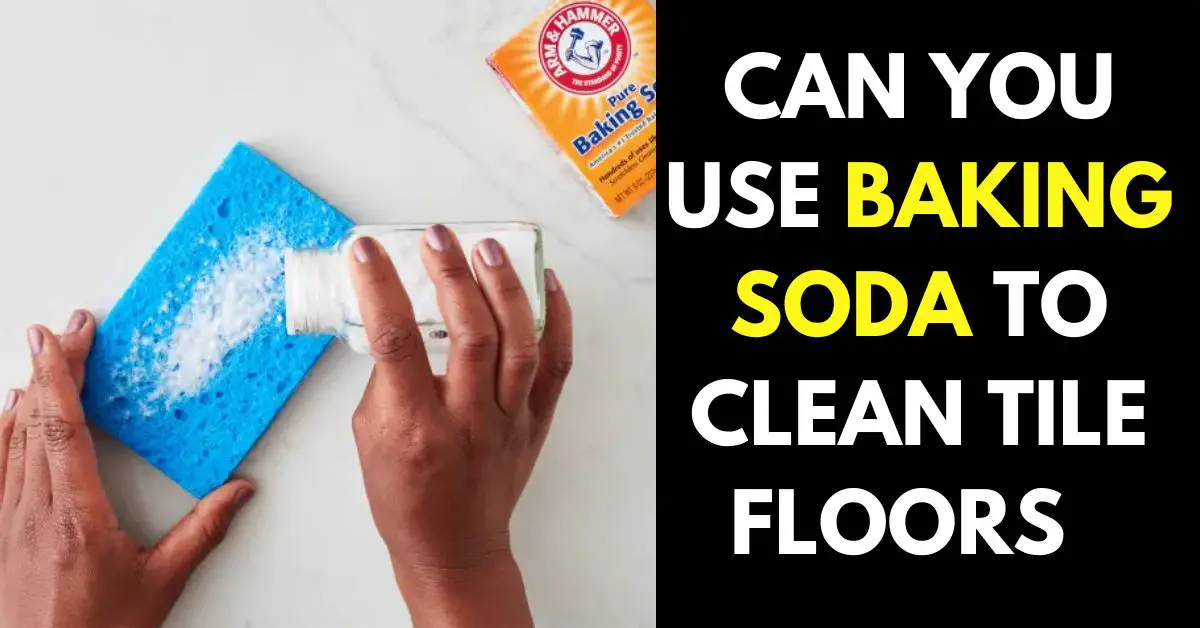
Tile floors are a popular choice for many homeowners due to their durability, versatility, and easy maintenance. However, over time, dirt, grime, and stains can build up on the tiles and grout lines, making them look dull and unappealing. While there are many cleaning solutions and products available in the market, some people prefer using natural alternatives like baking soda to clean their tile floors. Baking soda is a common household item that has been used for cleaning and deodorizing purposes for generations.
But the question is, can baking soda be used to clean tile floors effectively? this article explores the benefits and drawbacks of using baking soda as a tile floor cleaner and provides some tips on how to use it safely and efficiently.
Can You Use Baking Soda to Clean Tile Floors
Yes, baking soda can be used to clean tile floors effectively. Baking soda, also known as sodium bicarbonate, is a mild abrasive that can help remove dirt, grime, and stains from tiles without damaging the surface. It is also a natural deodorizer that can absorb unpleasant odors from the tiles and the surrounding area.
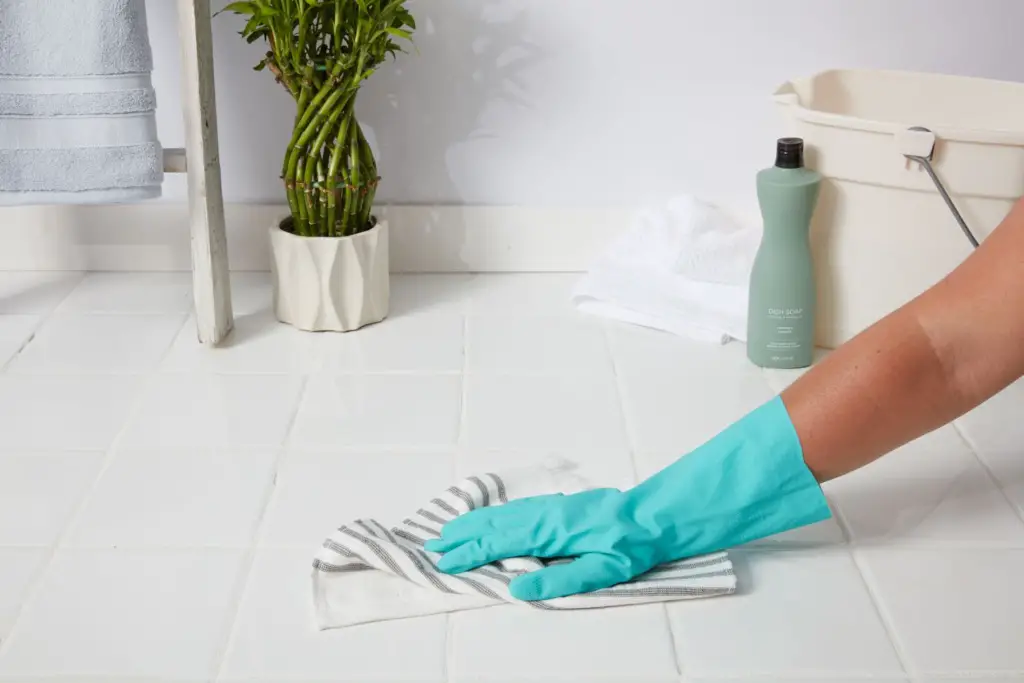
To use baking soda to clean tile floors, you will need to mix it with water to form a paste. Start by sweeping or vacuuming the floor to remove any loose dirt or debris. Then, mix a small amount of baking soda with water in a bowl or bucket until you get a thick, paste-like consistency. Using a scrub brush or a soft-bristled brush, apply the baking soda paste to the tiles, focusing on the grout lines and any areas with stains or discoloration. Let the paste sit for a few minutes to allow it to penetrate the grout and tiles.
Next, use a damp mop or a clean cloth to wipe away the baking soda paste and rinse the floor with clean water. You may need to repeat the process in areas with heavy stains or dirt buildup. Finally, dry the floor with a clean towel or allow it to air dry.
Can Baking Soda Damage Tiles?
While baking soda is generally safe to use on most tiles, it can potentially cause damage if not used correctly or if used excessively. Baking soda is mildly abrasive, which means it can scratch or dull the surface of certain types of tiles, such as natural stone or unglazed tiles.
Additionally, if the baking soda paste is left on the tiles for too long or if it is not rinsed off thoroughly, it can leave a white residue that can be difficult to remove. This can be particularly problematic for darker-colored tiles.
To avoid damage to your tiles when using baking soda, it is essential to use it in moderation and to always test it on a small, inconspicuous area first. Avoid using baking soda on unglazed tiles, natural stone tiles, or any tiles that are already scratched or damaged.
Can I Use Baking Soda and Vinegar to Clean Tile Floors?
Yes, you can use a combination of baking soda and vinegar to clean tile floors, including the grout. Baking soda and vinegar are both natural cleaning agents that can help remove dirt, stains, and grime from tile floors without the use of harsh chemicals.
How Do You Use Baking Soda for Tiles?

To use baking soda to clean tile floors, you can follow these steps:
- Remove loose dirt and debris: Start by sweeping or vacuuming the floor to remove any loose dirt or debris.
- Mix baking soda with water: Mix a small amount of baking soda with water in a bowl or bucket until you get a thick, paste-like consistency.
- Apply the paste to the tiles: Using a scrub brush or a soft-bristled brush, apply the baking soda paste to the tiles, focusing on the grout lines and any areas with stains or discoloration.
- Let it sit: Let the paste sit for a few minutes to allow it to penetrate the grout and tiles.
- Scrub the tiles: Use a scrub brush or a soft-bristled brush to scrub the tiles and grout lines thoroughly. Apply more baking soda paste as needed.
- Rinse with clean water: Use a damp mop or a clean cloth to wipe away the baking soda paste and rinse the floor with clean water.
- Dry the floor: Dry the floor with a clean towel or allow it to air dry.
How to Clean Bathroom Tiles with Baking Soda and Vinegar
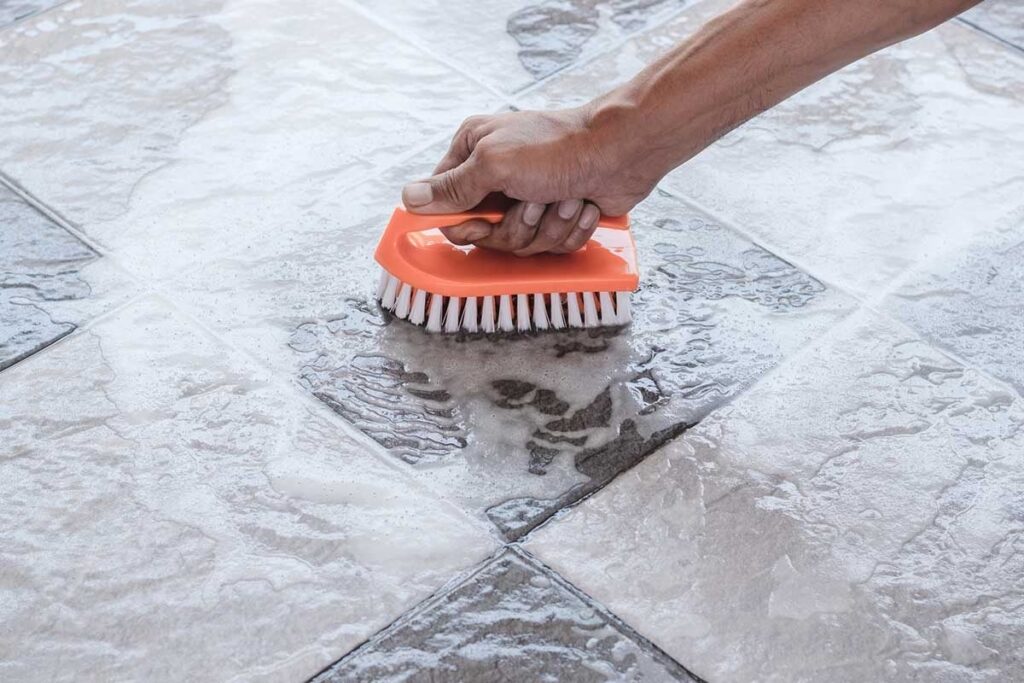
Cleaning bathroom tiles with baking soda and vinegar is a natural and effective way to remove dirt, grime, and soap scum buildup. Here are the steps to follow:
Materials:
- Baking soda
- Vinegar
- Spray bottle
- Scrub brush or sponge
- Warm water
- Towel
Instructions:
- Remove any loose dirt or debris from the bathroom tiles using a broom or vacuum cleaner.
- Mix ½ cup of baking soda with enough warm water to make a thick paste.
- Spread the baking soda paste onto the tiles using a scrub brush or sponge, focusing on areas with the most buildup.
- Let the baking soda paste sit on the tiles for about 10-15 minutes.
- Fill a spray bottle with vinegar and spray the tiles, starting at the top and working your way down.
- The vinegar will react with the baking soda, causing it to foam and bubble.
- Use a scrub brush or sponge to scrub the tiles, working in circular motions.
- Rinse the tiles with warm water and use a towel to dry them off.
How to Clean Shower Tiles with Baking Soda
Cleaning shower tiles with baking soda is an easy and effective way to remove dirt, grime, and soap scum. Here are the steps to clean shower tiles with baking soda:
- Mix baking soda and water: In a small bowl, mix baking soda with water to create a thick paste. The consistency should be similar to toothpaste.
- Apply the paste: Apply the baking soda paste to the shower tiles using a scrub brush or sponge. Focus on the areas with the most grime and dirt.
- Let it sit: Leave the baking soda paste on the shower tiles for 10-15 minutes. This allows the baking soda to penetrate and loosen the dirt and grime.
- Scrub the tiles: After the baking soda has had time to sit, use a scrub brush or sponge to scrub the tiles. Use circular motions and apply pressure to remove any tough stains.
- Rinse: Rinse the shower tiles with warm water to remove the baking soda residue. Use a clean cloth to dry the tiles.
- Repeat as necessary: If the shower tiles are heavily soiled, you may need to repeat the process to achieve the desired level of cleanliness.



